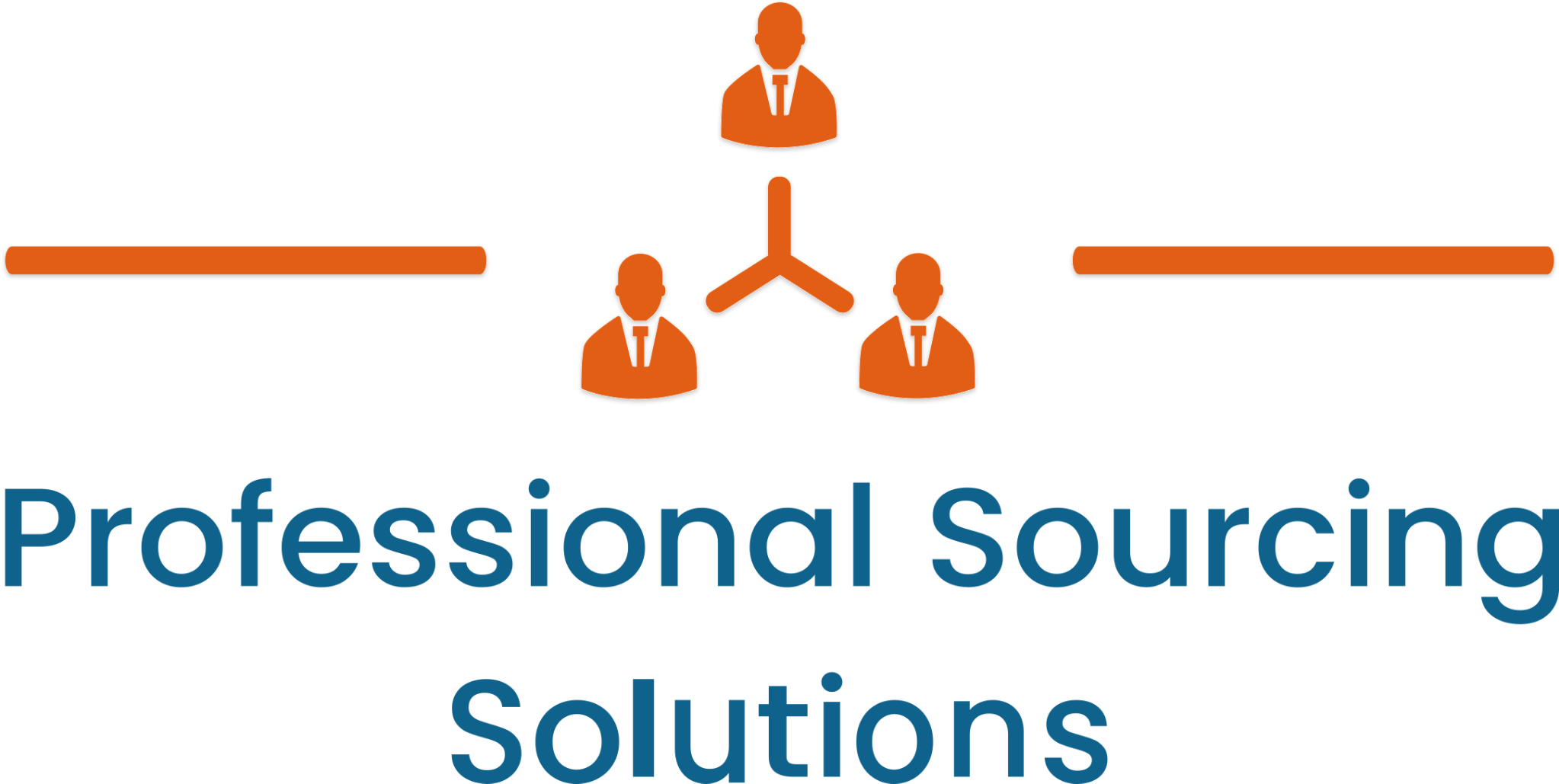
Have you ever noticed your car making an unusual noise? Even as the sound becomes more pronounced, you might delay getting it fixed. Then, one day, your car breaks down, and the regret of not addressing the issue earlier hits you like a ton of bricks. Avoiding difficult conversations in retail leads to a similar outcome.
Initiating these talks can be a significant challenge for managers. Whether it’s a performance problem or conflicts between employees, there comes a time when leaders must break the silence. Managers sometimes prefer to avoid the issue, as they may not know how to handle the situation or deal with emotional employees. However, postponing these conversations can make matters worse. The longer you wait, the more it can negatively impact the workplace environment and productivity.
The Importance of Difficult Conversations in Retail
Difficult conversations are an inevitable part of leadership and management. It could involve delivering tough feedback to a client or an employee, resetting stakeholder expectations, or conducting a poor performance review. Whatever the situation, there are strategies you can employ to effectively navigate these challenging conversations and develop an action plan for moving forward. Here are some helpful tips to get you started:
Build Trust
Prioritize the development of trust and connections with your team. Building trust is an ongoing activity that can help you gain influence within your organization and foster mutual trust and understanding with your employees. When a tough conversation arises, it becomes easier because your colleagues are less likely to assume negative intent. Practicing emotional intelligence and projecting warmth and competence can be effective ways to build trust. This combination signals that you have good intentions and the skills to act on them, making it easier to handle challenging conversations.
Consider the Conversation’s Layers
Difficult conversations in retail can be divided into three layers:
a. What Happened: During a tough conversation, it’s common to describe your perception of the situation as absolute truth and place blame on the other party. However, speaking from your perspective, acknowledging your role, and describing how the incident affected you can create a safe space for the other person to share their perspective.
b. How We Feel About What Happened: Difficult conversations often evoke strong emotions. While it’s tempting to vent frustrations or take emotions out on others, addressing how both parties feel without judgment can help you understand the other person’s perspective and reach a resolution.
c. How the Incident Intersects with or Threatens Each Person’s Identity: Everyone has a self-image they’re trying to protect, and this self-image can feel threatened during difficult conversations. Understanding what’s at stake for each person can make it easier to find common ground and relate to each other.
Recognizing these layers and shifting the conversation accordingly can lead to a more productive and honest discussion.
Actively Listen
During a performance review or when providing constructive criticism, it’s crucial to encourage the other person to listen and understand. Avoid justifying their actions to protect their self-image, as this can make it challenging for them to accept feedback. Whether you’re on the giving or receiving end of a conversation, active listening is essential. Try to understand the other person’s perspective and ask clarifying questions when needed. Focus on what the other party is sharing rather than formulating an immediate response. Summarizing what the other person is communicating can demonstrate that you’re actively listening and help clarify any misunderstandings.
Be Specific
In difficult conversations, being specific is essential. To help the other person change their behavior, provide details about how they could have been more effective in specific situations. Focus on facts and examples rather than their personality or unique traits. By doing so, you can prevent personal biases from influencing the conversation. When providing examples, use recent ones instead of revisiting issues from the distant past. For instance, when conducting an annual performance review, focus on a specific situation from the review window, explain its consequences, and offer advice on how to handle similar situations in the future.
Leverage the Reflective Leadership Model
Navigating difficult conversations requires effective leadership skills. One approach to enhance your leadership abilities is by using the Reflective Leadership Model.
This model involves three key elements:
a. Awareness: Recognize your economic, legal, and ethical responsibilities in a given situation.
b. Judgment: Consider the arguments, biases, logic, and shared concepts that might affect your judgment.
c. Action: Follow through with action, armed with all the necessary information to achieve the best outcome.
The Reflective Leadership Model encourages regular self-reflection, enabling you to better understand your emotions, biases, and triggers before engaging in challenging discussions. This self-awareness can help you control your emotional responses and adopt a more empathetic and constructive approach to resolving conflicts.
Brainstorm Solutions Together
While you may enter the conversation with a specific goal in mind, it’s beneficial to brainstorm a plan for moving forward together. This collaborative approach can lead to stronger solutions and a better understanding of the problem. By making the difficult conversation a joint effort, you can both leave with the satisfaction of having done your best to reach a resolution.
Overcoming Managerial Fears
Conquer Your Fears: Managers often hesitate to engage in difficult conversations because they are unsure of how to approach their employees. They fear that the conversation might not go well and that employees will become upset. However, it’s important to understand that most employees don’t want to feel like they’re failing or making mistakes. They often appreciate your concern. Most difficult conversations in retail are not just about mistakes, which are sometimes easier to discuss.
Do Your Homework: Thorough preparation is key to a successful meeting. Avoid relying solely on your observations when addressing employees; instead, provide concrete evidence and facts. Make sure you have documented conflicts and established policies for different situations. For example, if you have an employee frequently arriving late to work, ensure that you have a clear attendance policy in place. It’s essential to communicate expectations and explain where employees are falling short.
Be Positive: Begin the conversation with a positive tone. Offer employees examples of positive actions they can take to improve. Avoid framing the discussion as if they are in trouble. Instead, present it as a “quick chat” to keep the lines of communication open. Provide the tools and resources necessary for improvement.
Leave Your Emotions at the Door: To keep the conversation fact-based and avoid adding emotional bias, make an effort to manage your emotions. Refrain from using phrases like “I’m disappointed” or “I feel.” If emotions start running high for either party, consider pausing the meeting and rescheduling it. Handle these situations with care.
Find the Right Setting: Choosing the appropriate setting can set the tone for the conversation. Depending on the situation, your office may be a suitable location. Alternatively, for general discussions, you can opt for a casual setting like a coffee shop or a lunch meeting. Ensure that the environment is comfortable for everyone involved.
Can I Get a Witness?: Unless it’s a brief conversation, having a witness present is almost always advisable. This is especially crucial for policy violations, behavioral issues, or disciplinary matters. An on-site HR representative can serve as a third-party witness, and if they are unavailable, consider involving another manager or an HR liaison. Avoid involving another employee. Ensure that the third party is briefed on the situation to clarify their role and responsibilities during the meeting.
Be Consistent: Apply the same performance expectations to all your employees. Maintain consistent dialogue with anyone who is not meeting expectations to avoid the perception of bias or unfair treatment.
Keep It Confidential: When addressing conflicts between employees, strive for discretion. Employees who are not involved in the situation should not be made aware of it. If employees approach you “confidentially,” make it clear that 100% confidentiality cannot be guaranteed. Depending on what is disclosed, you may have a responsibility to take action or speak to others. Use employees’ complaints, first-hand accounts from witnesses, and factual evidence to determine what happened. Keep the information general to protect everyone involved.
Loop Back to Review the Situation: After the initial conversation, when the situation has started to improve or resolve, take the opportunity to provide ongoing support. You can use an already scheduled 1-on-1 meeting or ask if they would like to have a casual conversation over a walk or coffee. This shows that you continue to support the employee even after the initial issue is addressed.
Effectively Navigating Difficult Conversations in Retail
While it may be tempting to avoid challenging conversations, remember that postponing them only makes things more difficult over time. By approaching these discussions with mutual trust, honesty, and empathy, avoiding judgment, and focusing on specifics, you can achieve a positive outcome and make future conversations more manageable.
Effectively handling difficult conversations in a retail setting is essential for maintaining a harmonious workplace, ensuring employee productivity, and enhancing satisfaction. By addressing issues directly, practicing empathy, and following a structured approach, retail managers can tackle challenging discussions with confidence and contribute to a healthier work environment. So, don’t delay these conversations like an overdue car repair; confront them head-on and watch your retail team flourish.
Professional Sourcing Solutions is a staffing agency based in Ontario, Canada that specializes in retail staffing. Book a free consultation to learn more about how we can help you with your staffing needs.



